|
By: Getty Stewart, P.H.Ec. For the original post, please click here. I love growing herbs for tea. Not only do I enjoy the flavor of homegrown herbal tea, but herbs for tea are easy to grow, look stunning in flower or garden beds and smell amazing. Whether you have a single pot in a sunny window, a balcony planter or a large garden, I highly recommend you try growing herbs for tea. Here are nine of my favorite herbs for tea. Over the summer, I’ll be posting more about harvesting, using and drying these herbs. If you’d like to follow along, Subscribe Now so you won’t miss a thing. GIANT HYSSOP (AGASTACHE FOENICULUM) This tall purple beauty is probably my favorite tea herb. It’s gorgeous, easy to grow, attractive to pollinators and tastes delicious! As a native North American prairie species, it’s perfect for northern gardens as it is quite drought tolerant and will come back year after year despite long cold winters. While it does reseed itself and it is a member of the mint family, giant hyssop is not aggressively invasive, it’s easy to pull out if it’s where you don’t want it. I think you’ll love the light sweet black licorice flavor. GERMAN CHAMOMILE (MATRICARIA RECUTITA) Chamomile is a must have for any tea garden. These dainty daisy like flowers grow on lacy, feathery leaves and have the power to soothe frayed nerves and upset tummies. It’s also a great sleepy time tea. The flavor is quite unique, a flowery apple flavor that your family will be able to identify anywhere after enjoying one or two cups. Read more about harvesting chamomile here. MINT Mint can be crazy invasive if not contained in the garden, but it makes such great tea that it’s totally worth growing it. The only question is what kind of mint to grow. Go to any reputable greenhouse and you’ll find an amazing variety of mint flavors, such as: Peppermint – high amounts of menthol giving it that intense cool minty flavor Spearmint – a sweeter less intense minty flavor, perfect for cooking (eg. Tabbouleh salad) Chocolate Mint – truly tastes like chocolate mint wafers Apple, Orange, Pineapple, Strawberry or Grapefruit Mint – some are more true to their name than others, great for iced teas Mojito Mint – perfect for muddling into ice cold rum tea – aka Mojitos! My top three favorites for hot tea are peppermint for soothing coughs and colds, spearmint for digestive issues, and chocolate mint for pure pleasure. The fruity varieties are excellent hot or cold. Try them all! chocolate mint LEMON GRASS (CYMBOPOGON) Use lemon grass as a tall grassy center piece in large planters. Not only does it look great, but when you rub it, you’ll get a lemony scent that is suppose to help deter mosquitoes. I’m not convinced about the mosquito repellent properties, but I love the flavor of lemon grass tea! I’ve never been able to grow thick stalks like the kind you buy to cook with, like in Thai cooking, but I get plenty of long grassy blades that are perfect for tea. It really does taste like lemon grass – the longer you steep it, the more pronounced it gets. I like mixing lemon grass with dried fruit for tasty herbal fruit tea combinations. 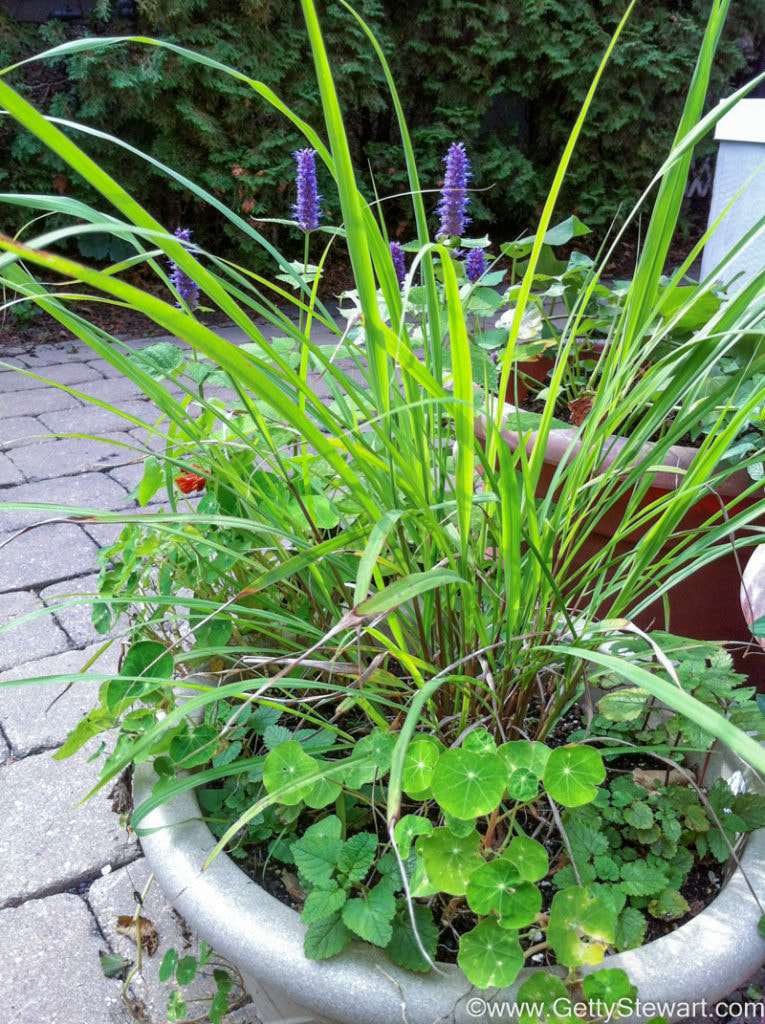 LEMON BALM (MELISSA OFFICINALIS) Here’s another lemony flavored herb that’s great for tea making. But, be warned, it’s a member of the mint family, so it’s another aggressive perennial that spreads via seeds and runners. It’s best to restrain it in a container. Enjoy the refreshing lemony scent and flavor of this plant all summer long with repeated harvests. Hot or cold, fresh or dried, it makes great tea. Here’s an article on harvesting and drying lemon or lime balm. LEMON VERBENA (ALOYSIA CITRODORA) You won’t believe the lemony scent from this woody herb. This perennial tropical shrub won’t survive anything cooler than Zone 8, so it may be a little more challenging to find in prairie garden centres – but if you do, pick one up and plan to keep it indoors over the winter. It grows quickly in our hot summers so you’ll enjoy multiple harvests. The strong lemony flavor can be used in place of lemon zest in baking, glazes, infused vinegar and in tea. Use it on its own or in a fruity herbal tea blend. BORAGE (BORAGO OFFICINALIS) With it’s incredibly stunning edible flowers and ability to attract pollinators borage is a must in any garden. The flowers and bristly leaves taste remarkably similar to cucumbers; as such, they’re perfect for making flavored water – just like at the spa. You can also use them in iced teas and lemonades. While we’ve never made hot tea with borage, it can be done. We also use chopped borage leaves and whole flowers in salads. The plant is quite bushy and floppy, about the size of a tomato plant. Borage is an annual that reseeds easily. Luckily, managing volunteer borage is very easy as they can be hoed or pulled easily. LEMON THYME (THYMUS CITRIODORUS) Did you know that many savory herbs like rosemary, sage and parsley make excellent tea as well?! It’s true. Their flavor is perhaps a little too intense to serve as an afternoon tea, but they’re certainly drinkable and worth researching for their medicinal properties. Out of the culinary herbs I grow, I most enjoy lemon thyme as tea. Lemon thyme grows back every year (it may need replacing after 5 or more years), makes a beautiful ground cover, tastes great on fish, chicken or veggies AND it makes a lovely light lemony flavored tea. Can’t go wrong with adding lemon thyme to your garden. STEVIA (STEVIA REBAUDIANA) One final plant that makes my top list of tea herbs, and certainly there are many more herbs that can be made into tea, is stevia. It’s not that stevia makes a delicious tea on its own, it’s that it makes a fantastic sweetener for any tea. Stevia, also known as the sugar plant, is super sweet and just a tiny bit will sweeten an entire tea pot. I prefer using a tiny bit of dried, crumbled stevia leaves instead of fresh leaves for sweetening tea. Unlike store bought stevia powder which is white, homemade dried stevia is green and has a slight aftertaste. It’s worth a try, especially if you’re trying to cut back on sugar. USING GARDEN HERBS FOR TEA FRESH OR DRIED? Personally, I prefer using dried herbs for tea. I find there’s more flavor when using dried herbs. However, that doesn’t mean you can’t use fresh herbs. In fact, if I have just a small handful of herbs, I’ll happily turn them into a cup of herbal tea. When using fresh herbs the general rule of thumb is…
TIPS FOR MAKING TEA When brewing garden herbs for tea there are some general guidelines. However, every batch of herbs will vary in terms of how much to use and how long to steep. You’ll have to experiment based on the following:
BLENDING TEA MIXES One of my favorite things about homegrown herbal teas is mixing and creating my own blends. Simply mix and match whatever flavors you love best or try to create an overall theme – fruity, floral, woodsy, refreshing, soothing, etc. Think about some of the blends you’ve had elsewhere and try to recreate your own version. Combine different herbs with ingredients like dried fruit, dried edible blossoms (calendula, violets, lavender, lilac, hibiscus, nasturtiums, red clover, roses, etc.), cinnamon sticks, dried ginger, toasted nuts or seeds, vanilla beans, citrus peel, cardamom seeds, star anise, etc. Use whole or bits of spices instead of powdered spices which are difficult to strain out and may leave a gritty sensation. Consider the flavor and strength of each individual ingredient and add in amounts so that one won’t over power the other. For example mint and ginger are two strong flavors that work well together, whereas if you mix spearmint and apple mint, the apple flavor will likely get lost. The best way to discover what works is by testing and enjoying various batches. Once you discover something you like, write it down or make a big batch that you can store in a dark, airtight container and enjoy all winter long. Here’s my apple rhubarb blend. CAUTIONS
All plants have properties in them that may cause allergies or undesirable side effects if taken in large doses. The herbs for tea mentioned in this article are intended to be enjoyed as an occasional cup of tea now and then. Anyone intending to consume more than an occasional cup for pleasure should do more research about each individual herb. This is particularly true for young children, pregnant women, anyone on medication or anyone with a chronic disease. If you want to enjoy more of your garden herbs, try making tea with them. I think you’re really going to love it! I would love to hear your experience with making your own herbal teas. Have you tried it? Do you have a favorite flavor? Or, if tea is not your thing, how do you enjoy using your herbs? Getty Stewart is an engaging speaker and writer providing tasty recipes, time-saving tips, and helpful kitchen ideas to make home cooking easy and enjoyable. She is a Professional Home Economist, author of Manitoba’s best-selling Prairie Fruit Cookbook, Founder of Fruit Share, mom and veggie gardener.
1 Comment
Jose Ruiz
10/24/2020 11:58:55 am
I'm student of herbology and I read your article liked it especially the actual picture of each plants keep me informed 😀
Reply
Your comment will be posted after it is approved.
Leave a Reply. |
The Ontario Home Economics Association, a self-regulating body of professional Home Economists, promotes high professional standards among its members so that they may assist families and individuals to achieve and maintain a desirable quality of life. Categories
All
Archives
April 2024
|
|
Subscribe to our mailing list
|
|
Unsubscribe from our mailing list
|
Copyright © 2023 Ontario Home Economics Association (OHEA). All Rights Reserved.


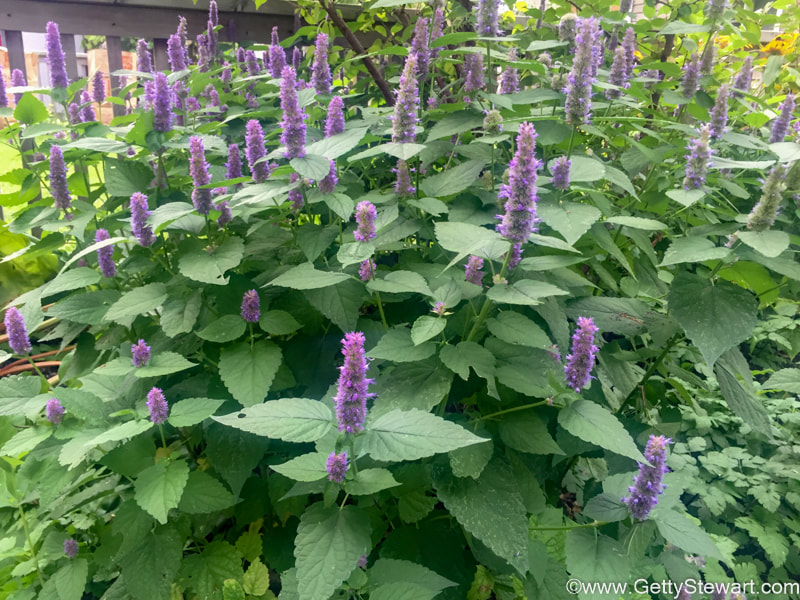
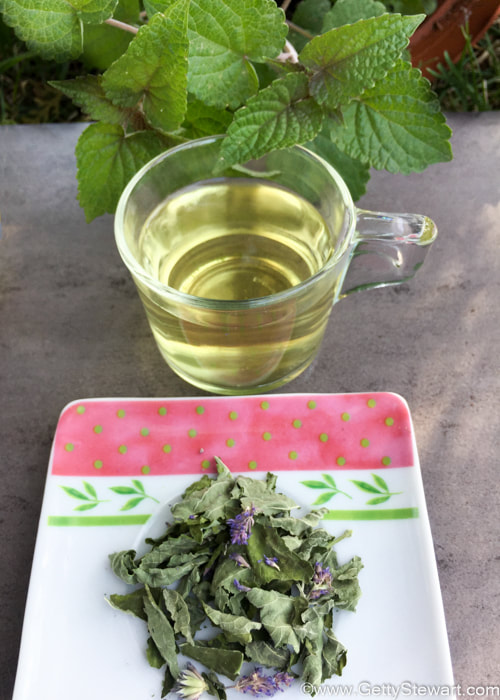
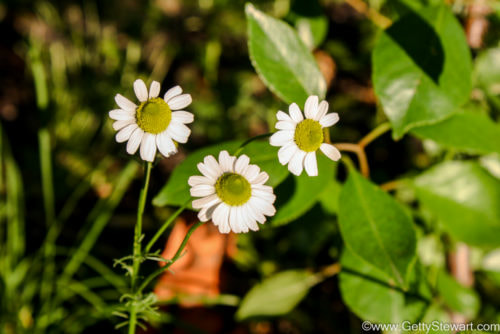
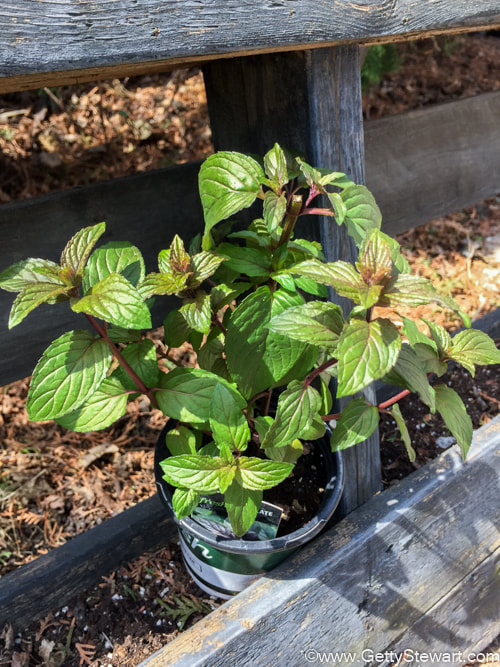
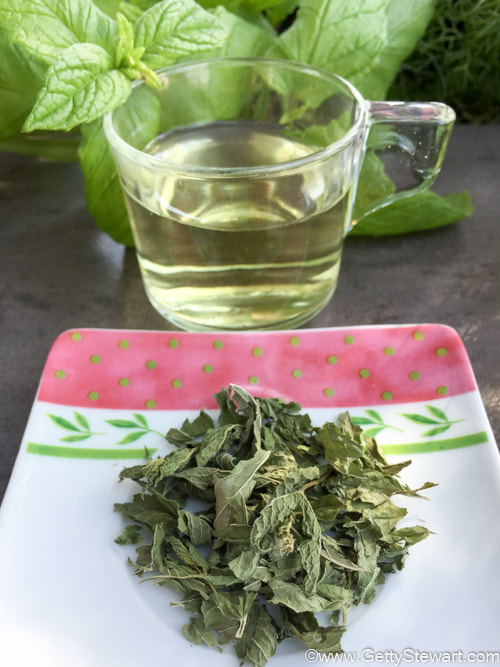
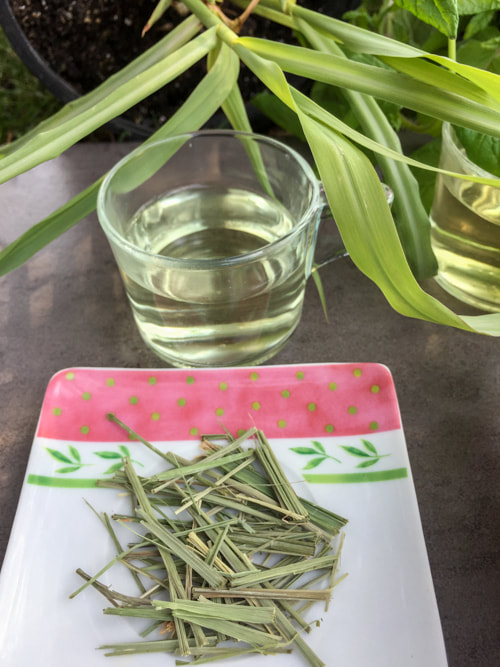
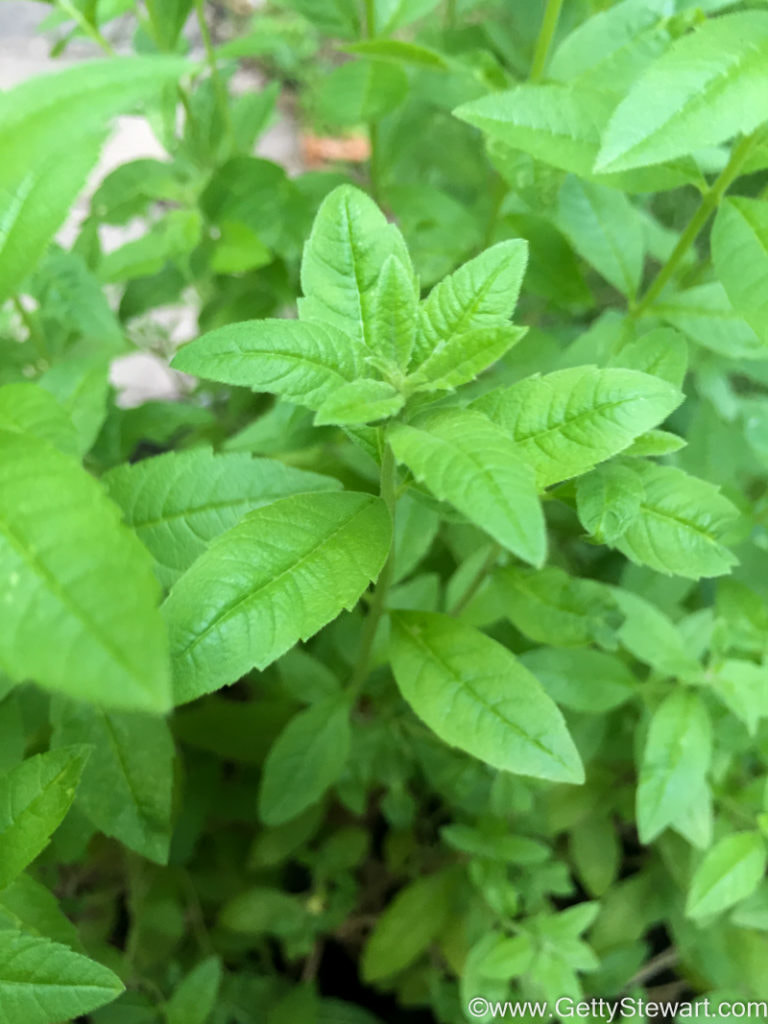
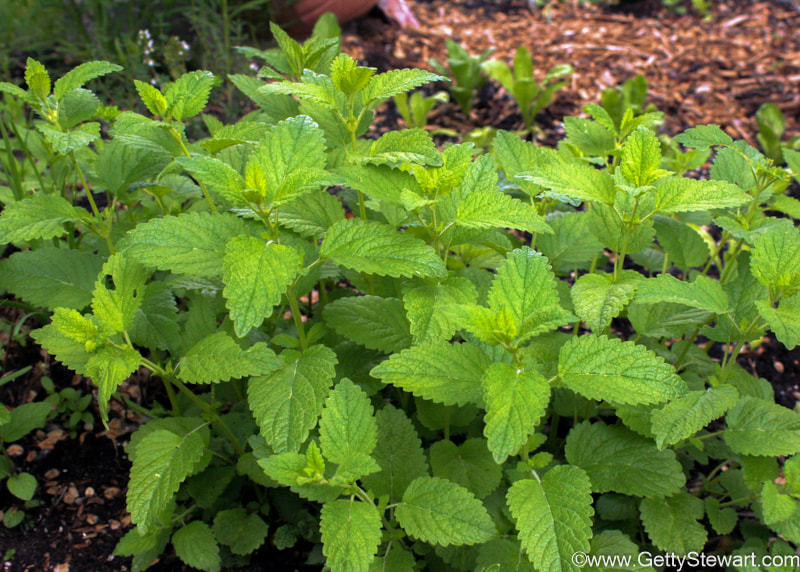
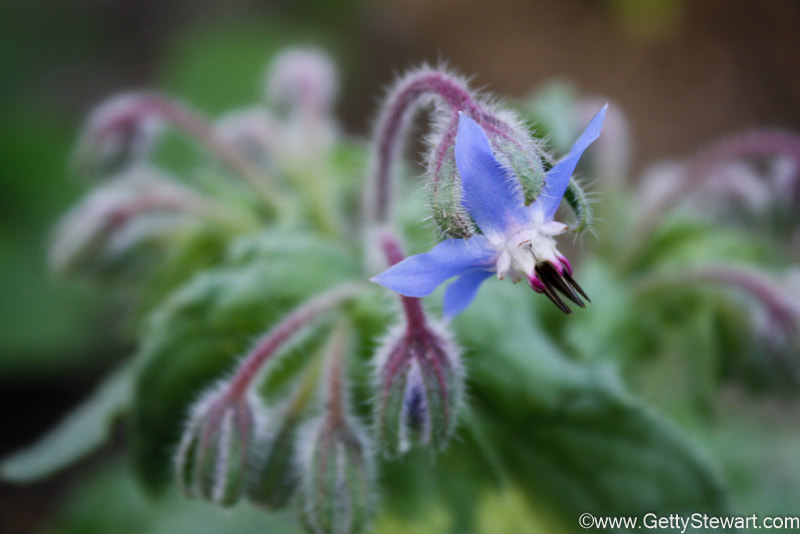
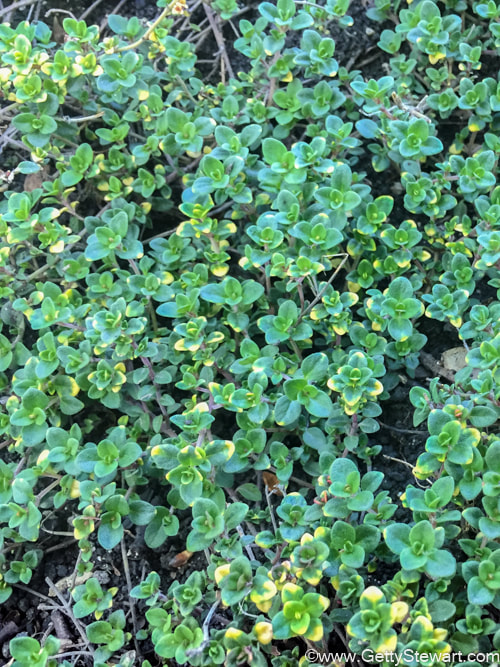
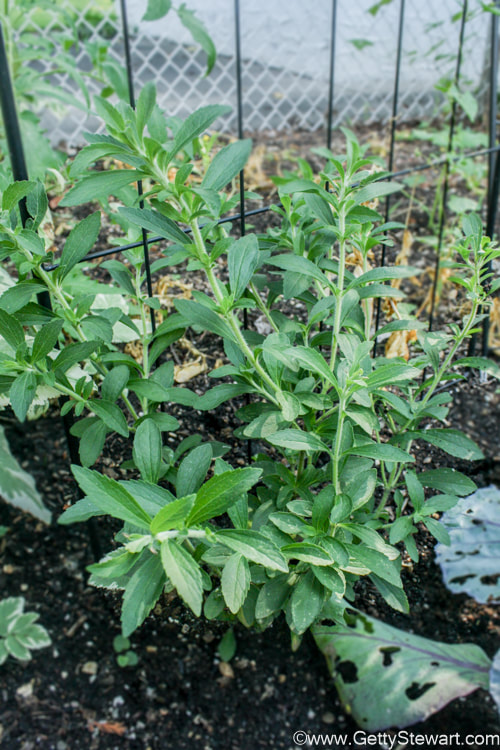
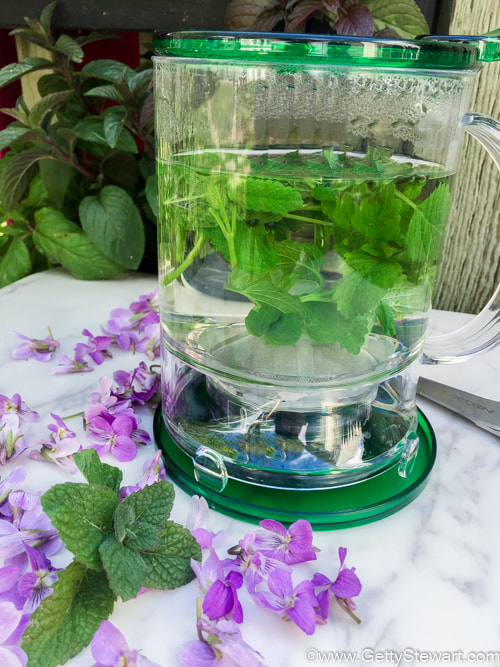
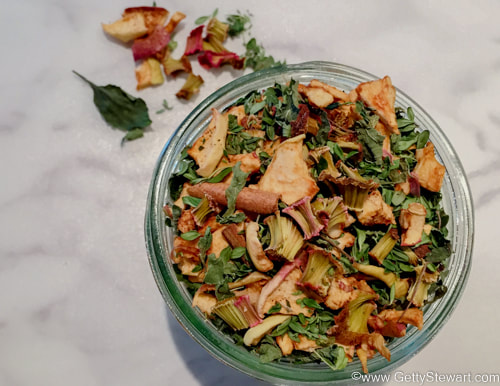

 RSS Feed
RSS Feed